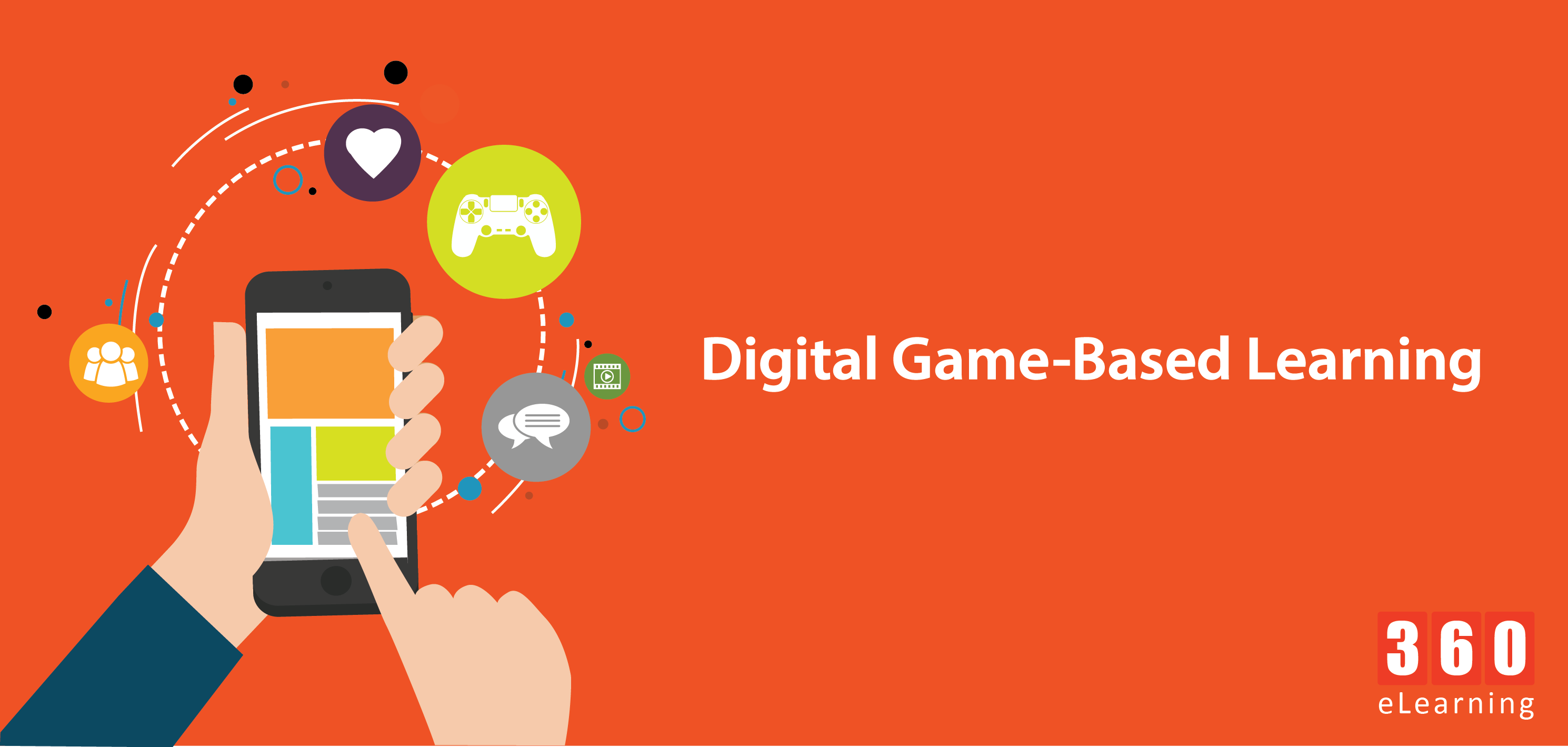What Is Game-Based Learning?
Game-based learning is an effective and interactive experience that motivates most people to actively participate in the learning process. Most people are more motivated with real-time feedback and reward system. Game-based learning provides exactly that.
Game-based learning combines the use of computer and video games precisely intended to yield learning results. With its simultaneous assessing ability in virtual-scenarios, game-based learning provides real time feedback to the learner. Using these results, the organizations can prepare their future leaders and shape the future of their organization.
An impressive game-based learning setting assists learners to work towards an objective using multiple choice options to select from. The learners while choosing one of the options faces the consequences of those options. The risk-free virtual environment of the game allows his/her failures to become challenges without costing hazardous results in real-time environment. Such environment gives learner a know-how of how real time challenges can be and what will be the consequences of course of action that s/he might choose.
This makes the activity more engaging until the learning objective is fulfilled.
Is Digital Game-Based Learning Effective?
Richard Van Eck of the University of North Dakota said that several reviews of the literature on gaming over the last 40 years find that digital game-based learning generally has positive effects.
Referring to the principle of situated cognition, Van Eck states that games are effective partly because the learning takes place within a meaningful context. The subject matter is directly related to the environment in which students/players learn. As such, the knowledge gained is not only relevant but applied and practiced within that context.
Researchers have also stated that play is a primary mechanism of learning and socialization common to all human cultures, as well as a number of animal groups. A specific example is a lion’s ability to learn to hunt through modeling and play, not through direct instruction, which is the same principle employed in a game-based instructional strategy.
The following elements of digital game-based learning add to its appeal as an effective learning tool in corporate world today:
1. Competition
In the traditional training methods like instructor-led trainings or PowerPoint presentations, the participants got bored. Those methods set a monotonous tone to the trainings with little or zero participation of the participants. Game-based learning induces competitive elements. These elements are not necessarily have to be a competition between two participants. It can be attempting to beat the highest score or even beating one’s own previous score.
2. Engagement
Game-based learning is fun and enticing. When learners are engaged through virtual-scenarios, the learning pressure dispels which permits them to define and adapt their approach to reach a specific objective.
3. Immediate Rewards
Immediate rewards not only help in engaging the learners, it also motivates them. Rewards assist in the learning process by keeping the learners invested. This promotes a continuous learning process for the learners. Reward systems must be built in stages and set according to difficulty of each stage and/or level. The game should gradually progress to advanced level. Raising the level too much immediately can result in demotivation of the learners.
4. Immediate Reinforcement and Feedback
Research on learning and behavior depicts that learners learn much faster when there is a shorter interval between mistakes and reinforcements. Longer spans in feedbacks usually discourage the learners. Game-based learning provides immediate reinforcement and feedback. The learner can immediately see the consequences of the options s/he has selected. Hence, it allows him/her to learn faster. Feedback in a game should be immediate and scoring can be standardized to allow comparisons.


